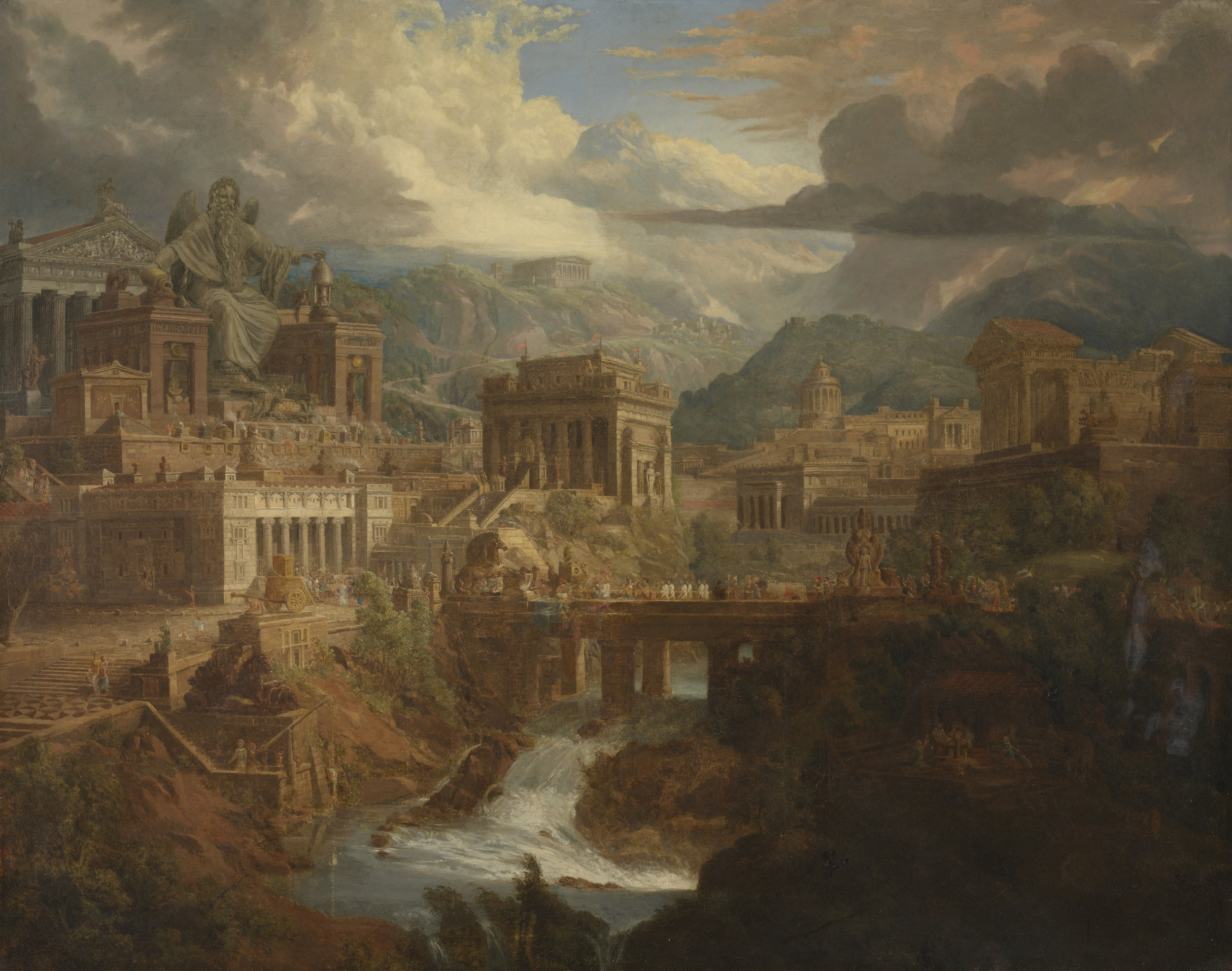Architecture History of Astana Reveals City’s Highest Purpose as Harbinger of Peace, Stability, Adaptability and Security in Our Evolving World
“The casual observer is often oblivious to the fact that even cities contain epic mythology about our cultural DNA. Nowhere is this more apparent than in Astana. While similar to other capital cities in that it serves national interests and political goals, a closer examination of Astana’s buildings reveals a matrix of mythological connotations well beyond those intended by the state.
Parkland that meanders around Astana and the banks of the Ishim River. Photo: Pavel Tenyakov
Most of the literature on Astana has focused on the motivations of the first President of the Republic of Kazakhstan, Nursultan Nazarbayev (b. 1940), and has only offered rudimentary assessments of the capital’s visual elements and design. Some scholars have argued that Astana is little more than a sophisticated veneer fabricated by political elites.
Astana: Architecture, Myth and Destiny, architectural history book, departs from these trends. Instead, symbolism and semiotics are used to provide an interpretative lens for positioning Astana as an ideal case study for a modern-day foundation myth about peaceful governance, religious tolerance, and environmental ethics.
Foundation myths have been at the heart of Western culture since the first urban settlements appeared in the Fertile Crescent nearly 5000 years ago. It seems that every nation required its own foundation myth, whether it was the Magna Carta’s precious championing of civil rights in England, or the Puritan pilgrims’ providential invocation of the Exodus in America.
The story of Houji, the founder of the enduring Zhou Dynasty (1046-256 BCE), and the myth of Wusun and Buyeo-Goguryeo attest to the importance of foundation myths to Asian culture as well. As Yessenova has shown, Kazakhstan’s nationalist mythic history is inseparable from the leaders of the three Kazakh Hordes, themselves sons of the Great Alash – the first Kazakh patriarch and the forefather of Genghis Khan. Like his counterparts in Rome, Alash was reared by a she-wolf, raised by shepherds, and successfully established the world’s “first” Turkic empire.
Jupiter Pluvius (detail) by Joseph Gandy (1771–1843), 1819. Photo: Tate, London
In weaving together themes of pilgrimage, paradise, fantasy, and urbanism, the architecture of Astana illustrates the distinct combination of domestic politics and epic storytelling. Since the dawn of civilization, architecture and urban planning have been manipulated in the service of political agendas, and behind every twisting street or eccentric skyscraper in any city lies a repository of hidden cultural meaning. In Astana, architecture sets the stage for the invention of a new national identity Nazarbayev has defined as “The Kazakhstan Way,” an aphorism embodying four fundamental values – “Freedom, Unity, Stability, and Prosperity.””
As a melting pot of global culture for thousands of years, the territory of Kazakhstan houses the cultural memories and traditions of the world. Civilizations and empires have risen and perished on its windswept steppes, leaving only traces of their existence and legacy. The people of Kazakhstan have embodied triumph in the face of overwhelming odds and the optimistic architecture of Astana presents an epic journey of courage, resilience, and solidarity that unites people across generational boundaries, ethnicities, and cultures. Behind the glistening façade of the capital’s most cherished buildings is an underlying narrative that touches upon the entirety of human achievement and beckons us along a peaceful path toward a sustainable modern world.”
Excerpted from Astana: Architecture, Myth and Destiny
Join Dr. Frank Albo, Architectural Historian, on an epic journey of architecture, history and intrigue in his new book, Astana: Architecture, Myth and Destiny.
Dr. Frank Albo is an Adjunct Professor of History at the University of Winnipeg, where he specializes in architecture, Freemasonry, and the Western esoteric tradition. He holds a PhD in the history of architecture, and graduate degrees in ancient Near Eastern languages and art history. Learn more about Dr. Ablo’s work and upcoming publications at http://www.FrankAlbo.com.

